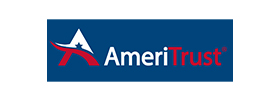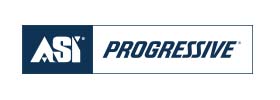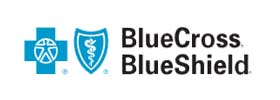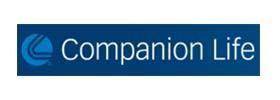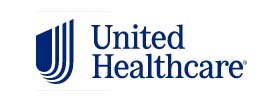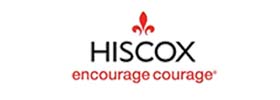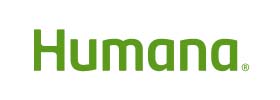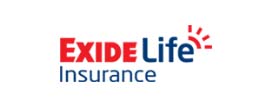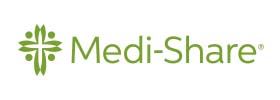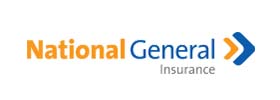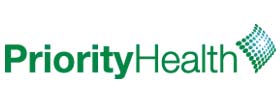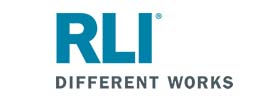
Don’t Ignore Open Enrollment
Insurance and you — why open enrollment is not something to ignore. Consider your options carefully and keep your eye on the clock.
If you are one of the 183 million people who receive health insurance through your employer, you might be asking if open enrollment actually applies to you and, if so, if there’s anything you need to do. The answer to both questions is “yes.”
Each year, an open enrollment period takes place that allows employees to enroll in their employer-sponsored health insurance. It gives you the opportunity to either confirm your current health insurance coverage or to consider signing up for a new plan that better suits your needs.
When considering your options during the open enrollment, there are several factors to take into account. Here they are.
Changes to Your Health
First, take a moment to check in with your actual health. You’ll want to plan for any upcoming or ongoing medical needs. For example, if you know you’ll need surgery in the coming months, take the time to check your insurance plan’s network of doctors. This can help you avoid any surprises when it comes to what doctors and services are covered.
Your Budget
Next, take a moment to consider how your health insurance impacts your budget over the course of the year. If you had a high deductible plan with a lower premium, did that work well for you? Or, did you have an expensive medical event that caused you to dip into your savings?
If that’s the case, it’s possible a low deductible plan with a higher monthly premium would better spread out your health care costs over the course of the year.
If you have expensive prescriptions, be sure to review the prescription benefits your company offers. Your employer might work with a prescription discount company that can help reduce your out-of-pocket costs.
More Than Just Health Insurance
Your employer may also offer additional coverage during open enrollment such as life insurance, short-term disability, long-term disability, or even pet insurance. These benefits can be valuable, especially if your employer is willing to contribute to the premium.
To determine whether or not you should participate, consider your circumstances; for example, if you are pregnant and know that you will be away from the office on maternity leave next year, you may benefit greatly from a short-term disability plan. Or, if you recently adopted a puppy, this could be a great time to look into pet insurance.
Timing Matters
Your employer will set the timing for the open enrollment period, determining the start and finish dates.
Generally, employers hold open enrollment during the fall, and your benefits will kick in on January 1 of the following year.
You should expect to receive several email notices from Human Resources – make sure to pay attention so you don’t miss any important signup details.
If you don’t believe your employer has sent anything out, make sure to ask directly. It’s important to sign up for the coverage you want by the close of open enrollment, otherwise, you may have to wait until next year to do so.
If you have a qualifying life event that occurs during the course of the year, your employer will offer you another window of time where you can adjust your benefits. Qualifying events include birth, divorce, or a spouse’s job loss. If you need to change your benefits during the year, feel free to ask questions and find out if your life event qualifies you to make a change.
During open enrollment, your employer is offering you the chance to make potentially critical adjustments to your health insurance — make sure you take advantage! Consider your options carefully and keep your eye on the clock.











